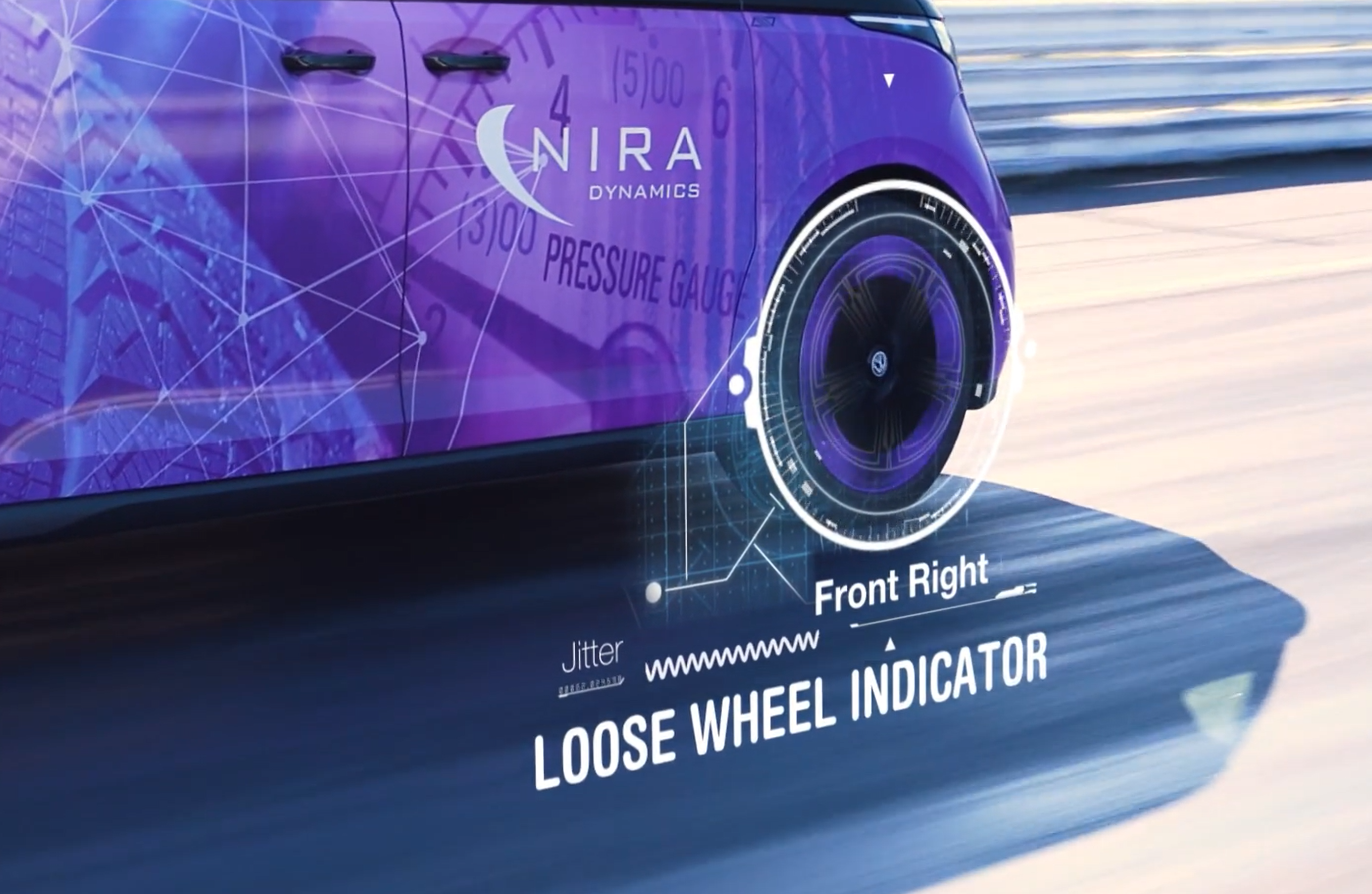Loose Wheel Indicator reaches 1 million sold units and is ready for the next step

Loose Wheel Indicator (LWI), the software product that warns drivers about loose wheels reaches a milestone. By 2021, one million licenses have been implemented into vehicles, continuing to prevent accidents and avoid damage to cars and their surroundings. LWI has been updated to be even more robust, while increasing detection rate and getting quicker detections.
LWI is a software product, meaning that there is no addition of hardware to the car, this way minimizing cost and environmental impact. Information already available in the car is used to detect if a wheel is about to come loose. By picking up certain vibrations, LWI can detect a loose wheel long before a driver ends up in a dangerous situation. Typically, a loose wheel warning is issued within 1-2 minutes, meaning the driver can be warned long before a dangerous situation occurs.
Here is how it works: https://vimeo.com/269581426
In 2018, Audi was the first car manufacturer on the market equipping their cars with the NIRA software for detection of loose wheels LWI in their A6, A7, A8 and Q8 models, largely increasing driver safety.
“The recent development of LWI has been focused on improvements the signal processing algorithms, in combination with better tools for vehicle adaptation. This will surely make it easier for our customers, as the need for vehicles during test and development will decrease.” says Olle Hynén-Ulfsjöö, Product Owner LWI.
The market for LWI is promising. As transportation is becoming more of a service (coupled with the development of autonomous driving), the need for predictive maintenance grows. Further, users who utilize car sharing solutions will have a lower sense of ownership of the vehicle and assume that it is safe to drive – which includes properly torqued wheel bolts.
Next step, development of LWI will be targeted towards providing an even more complete package for wheel safety, looking at how the product can be improved to increase safety even further, extending it to monitoring rims, suspensions, wheel bearings and more.




